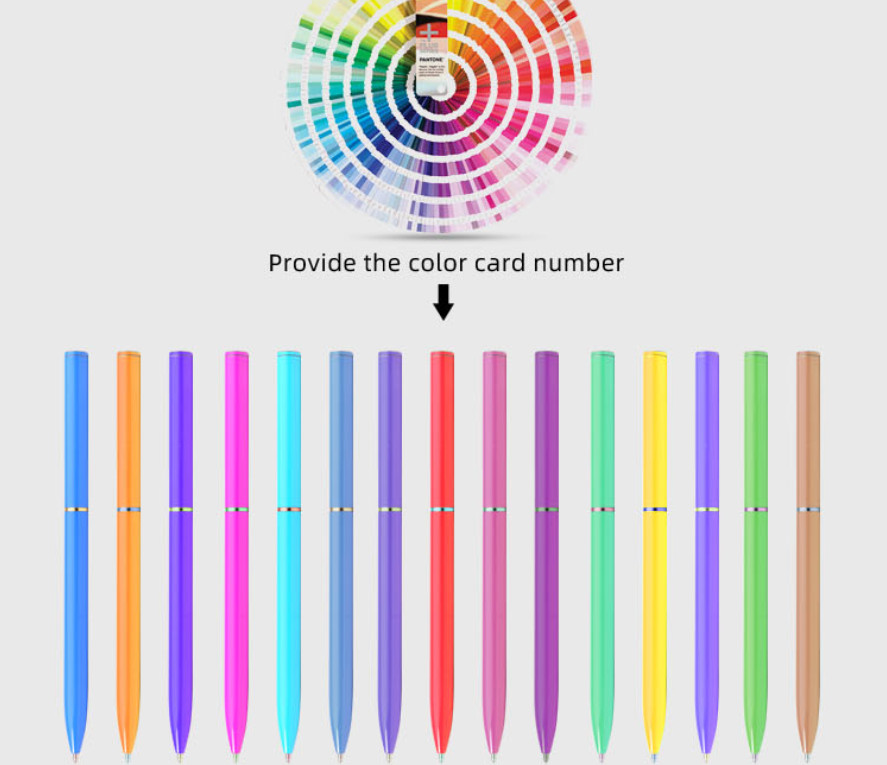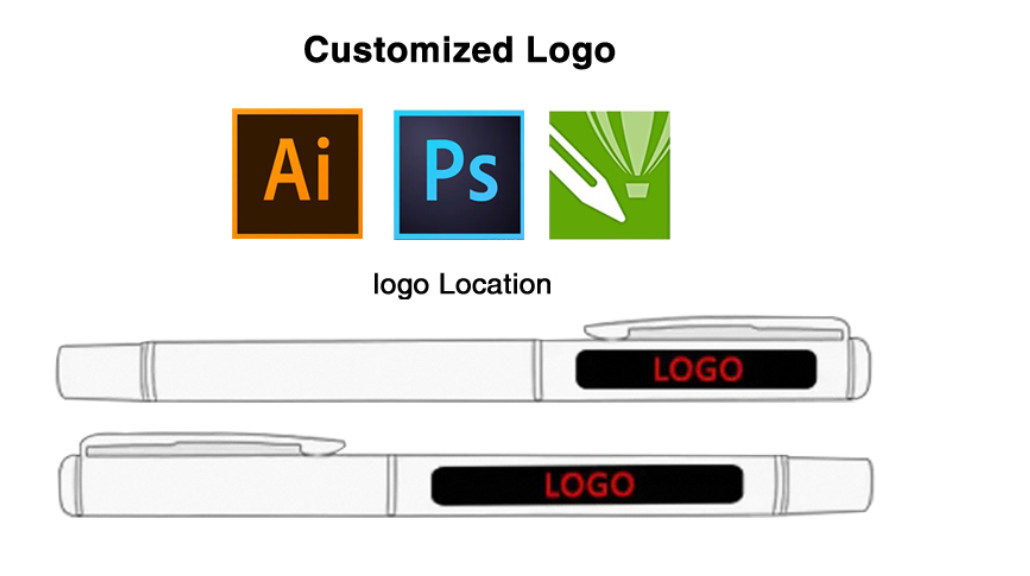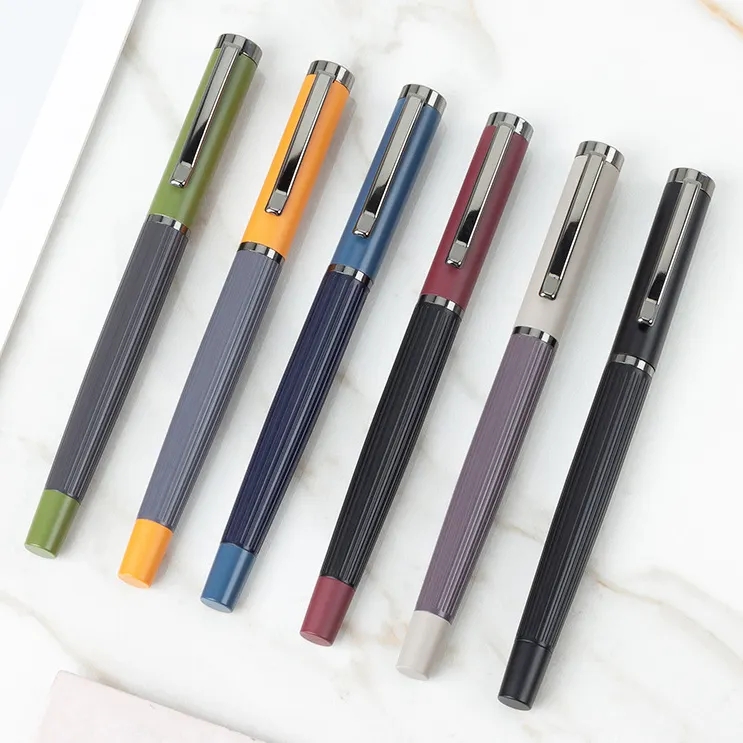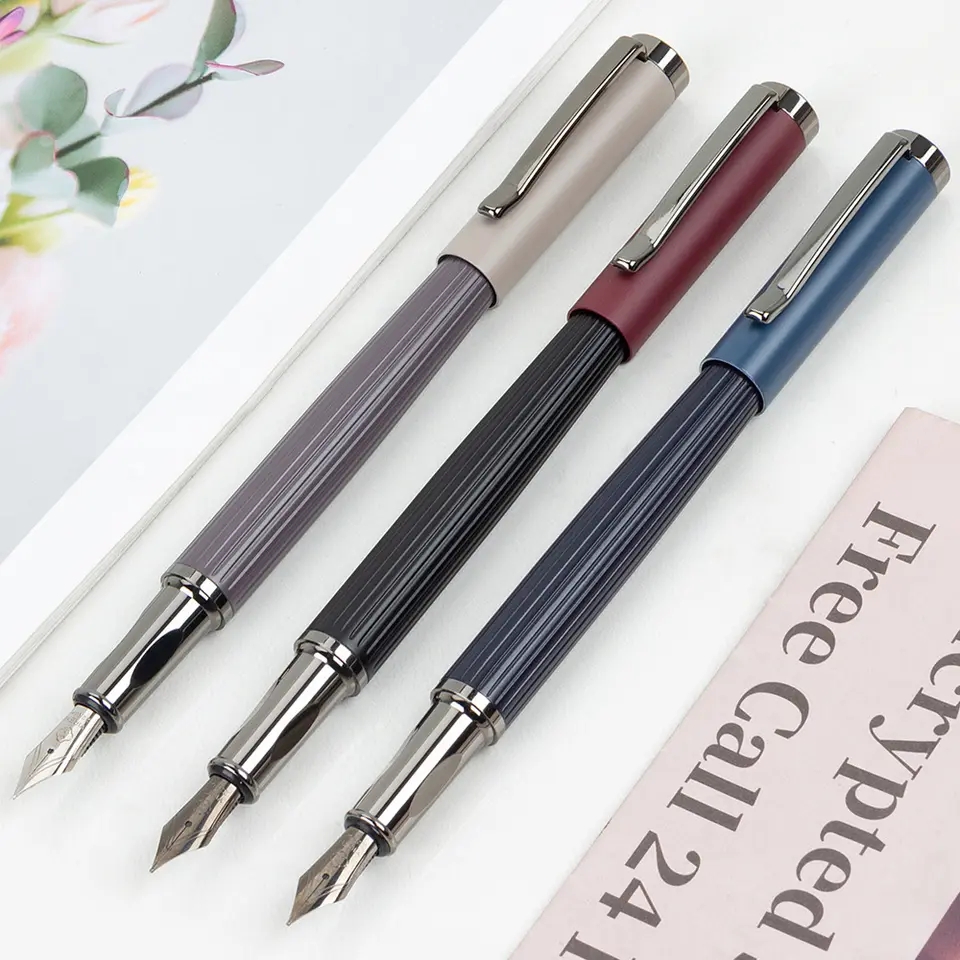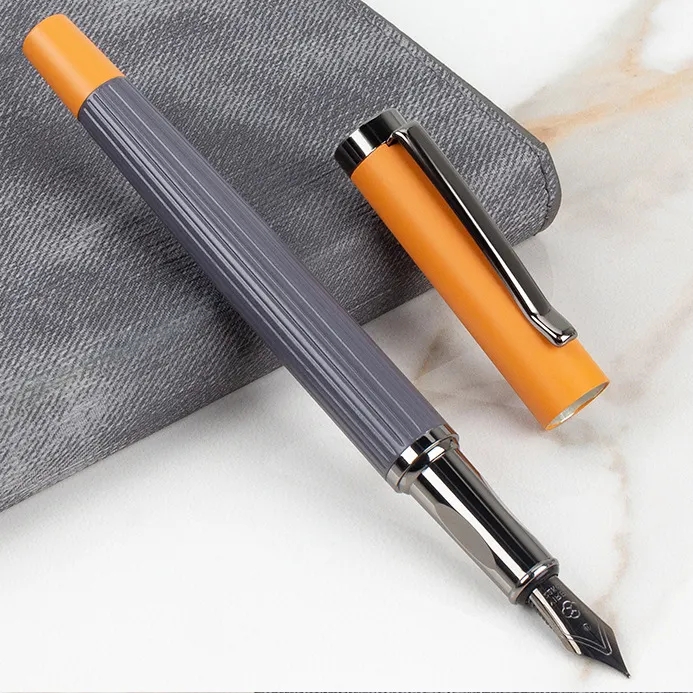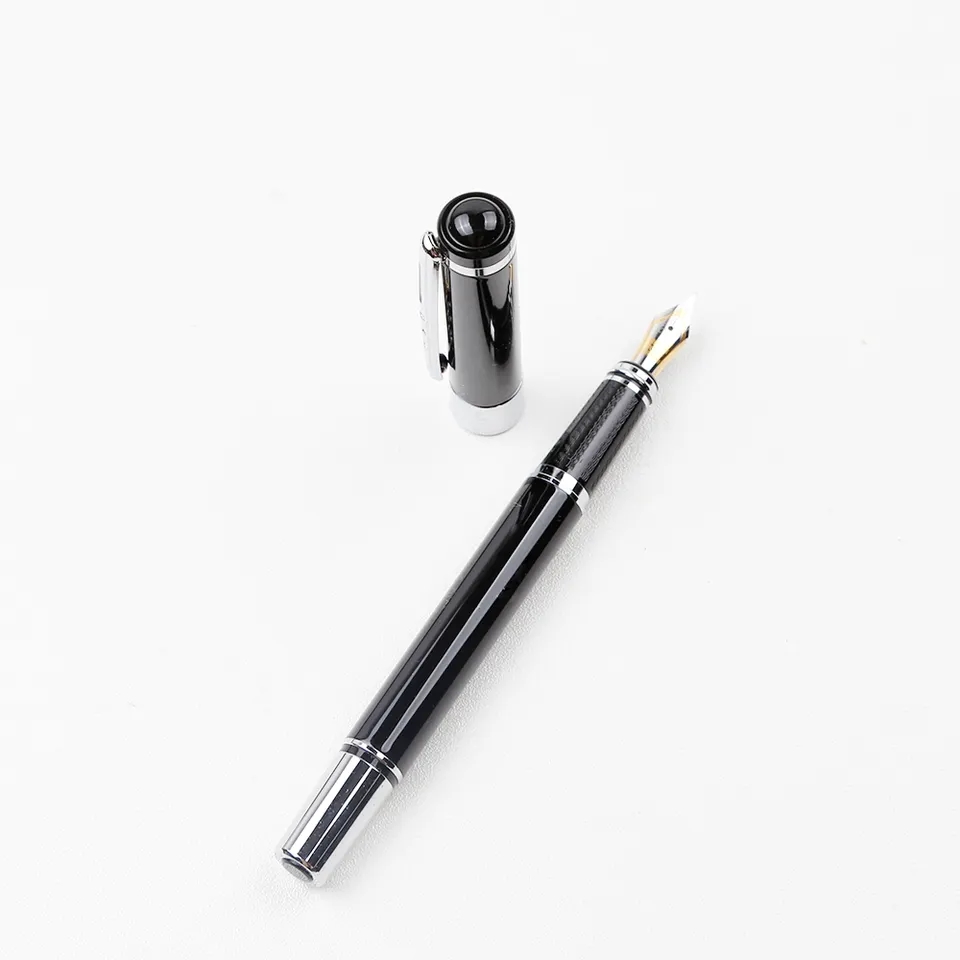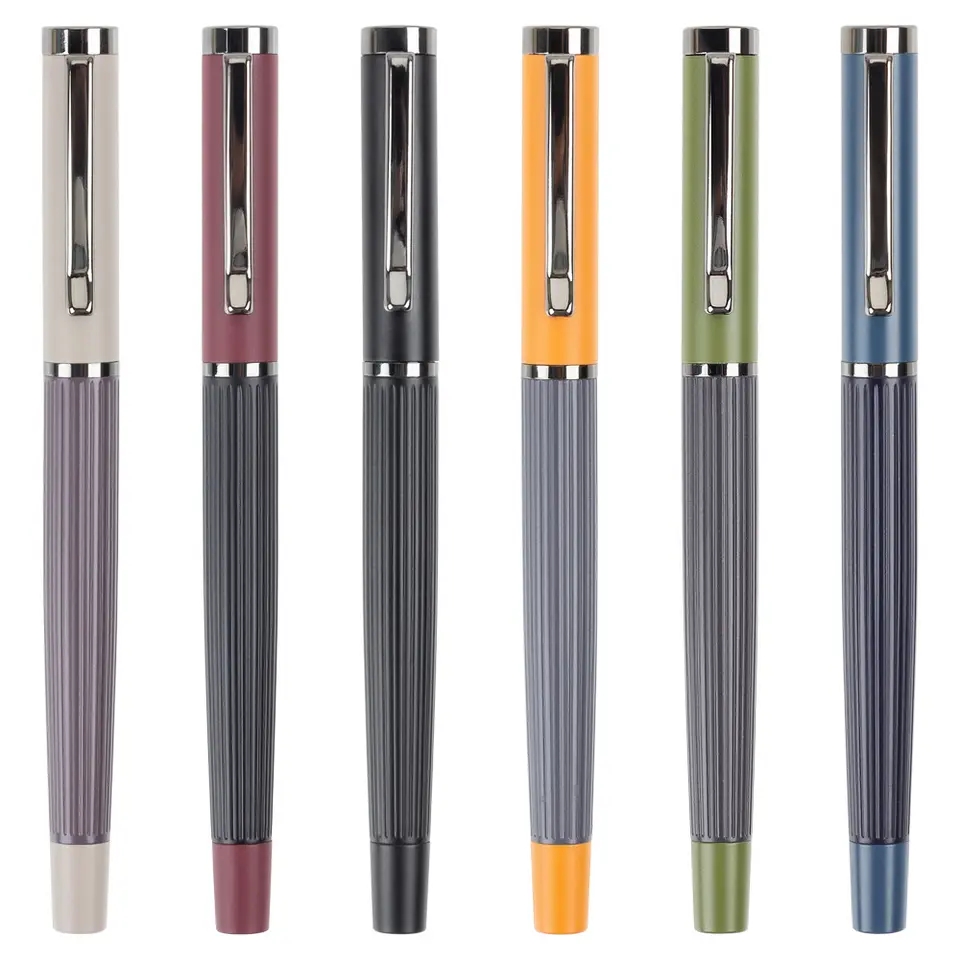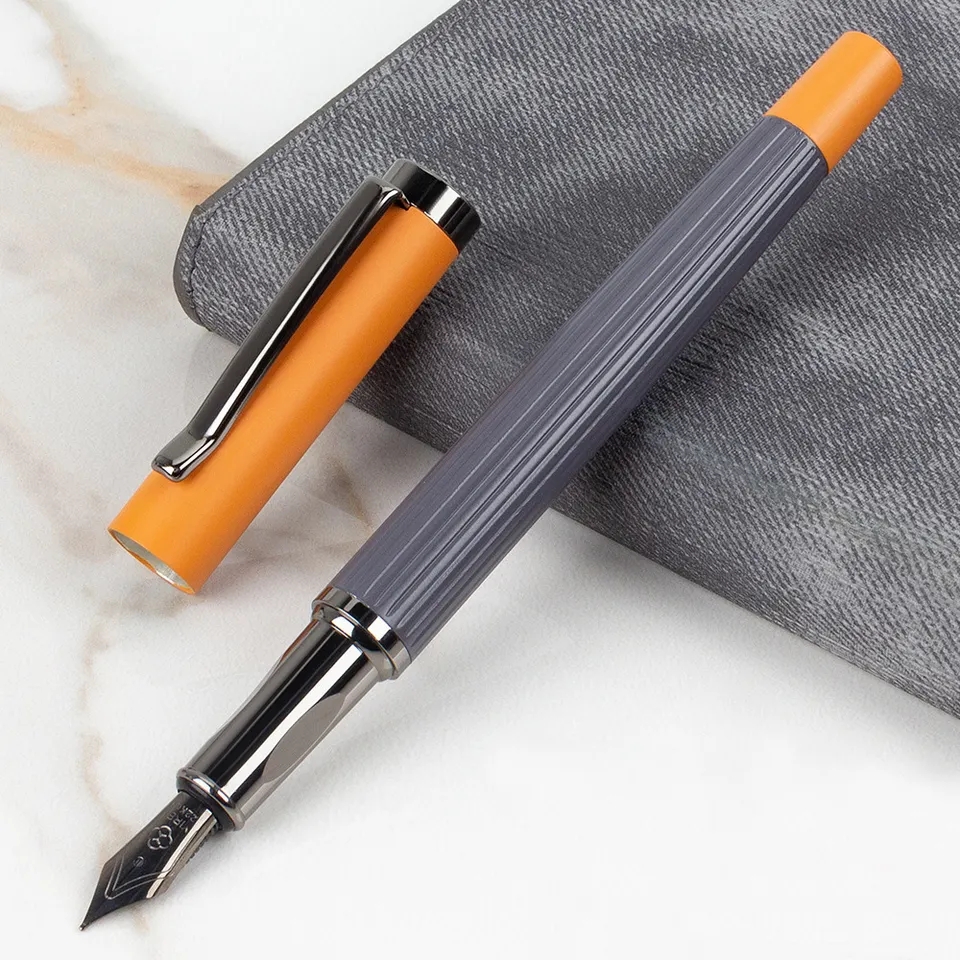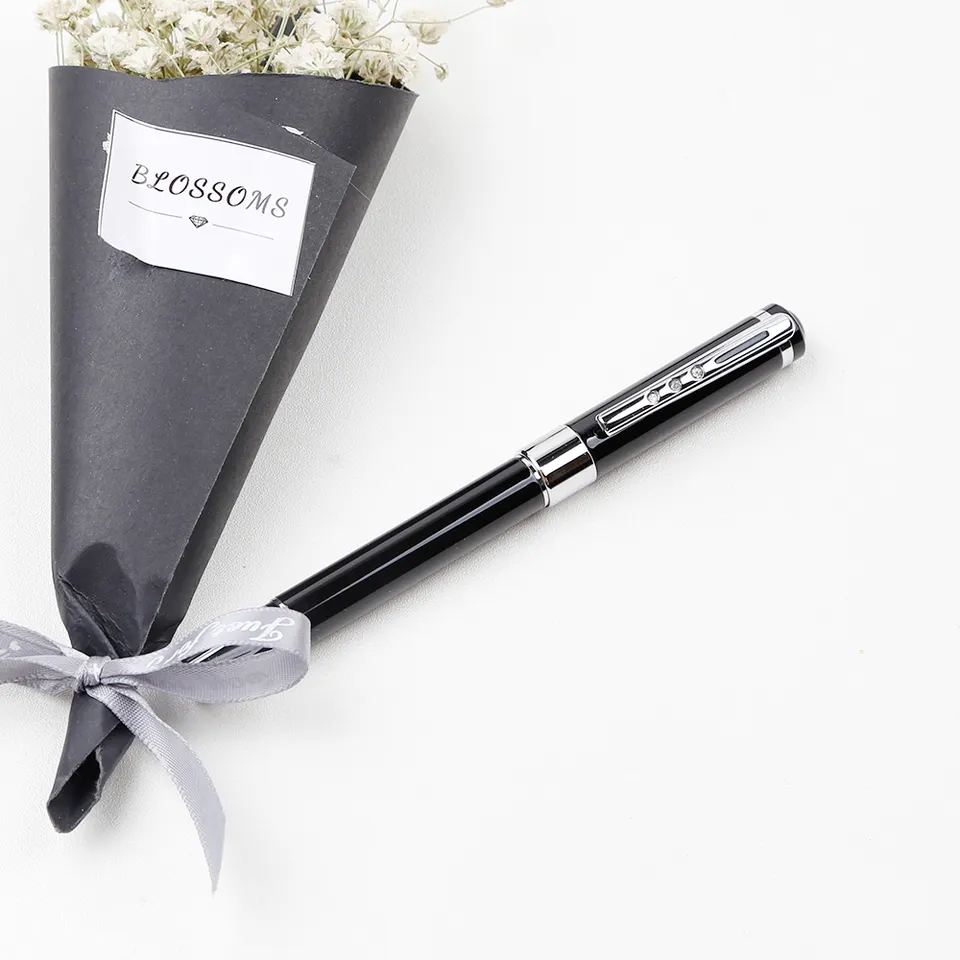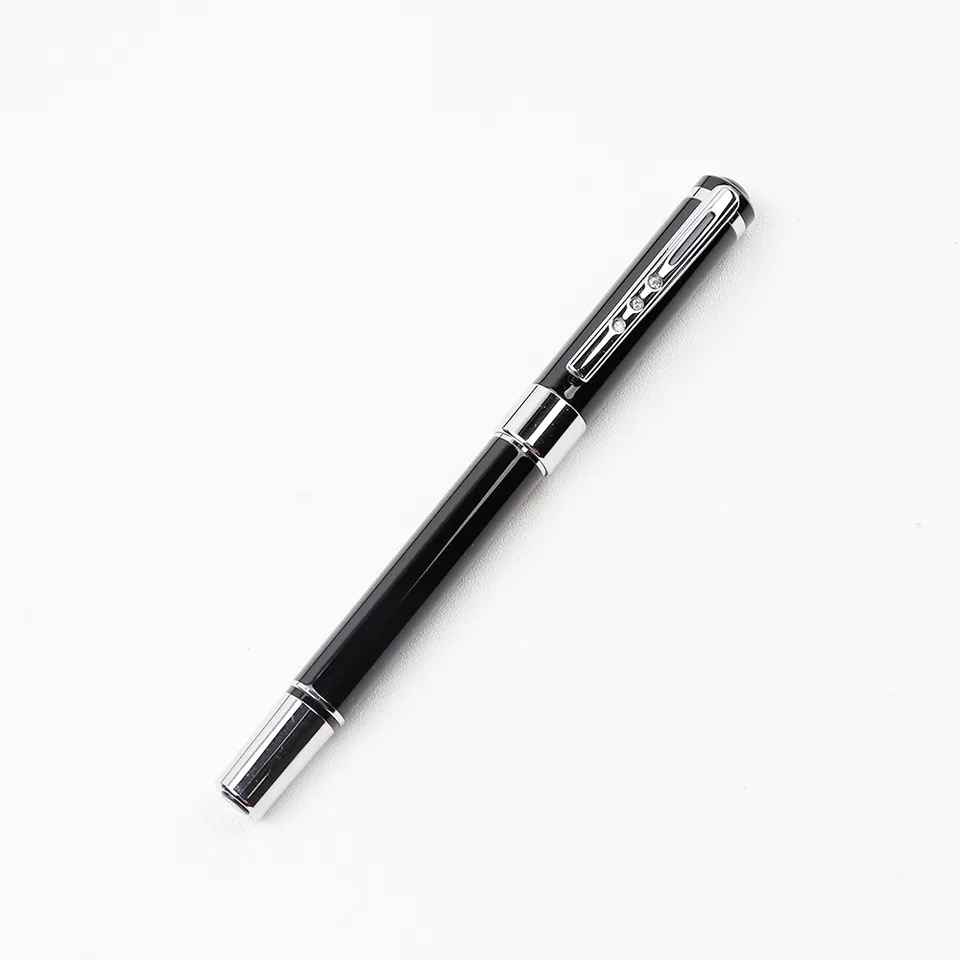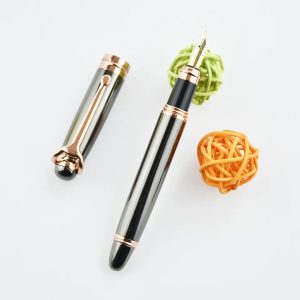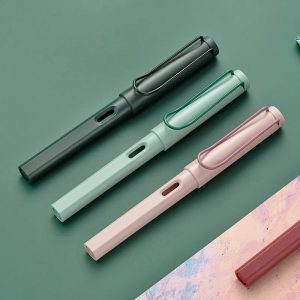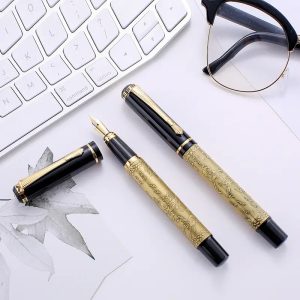Fountain Pens: The Epitome of Elegance in Writing
In today’s fast-paced digital age, fountain pens have retained their allure as timeless writing instruments that embody sophistication, precision, and the artistry of writing. In this article, we will delve into the enduring appeal of fountain pens, exploring their rich history, unique features, and advantages.
The History of Fountain Pens
Fountain pens have a storied past that dates back to the 17th century, but they reached their zenith in the 19th century when inventors like Lewis Waterman perfected their design. Since then, fountain pens have graced the hands of scholars, poets, and leaders, witnessing the signing of historic documents and the creation of literary masterpieces.
The Artistry of Fountain Pens
What sets fountain pens apart is the meticulous craftsmanship and attention to detail that goes into their design. From the nib, often crafted from materials like stainless steel or gold, to the exquisite barrel and cap materials, fountain pens are works of art in themselves. The nib’s delicate touch on paper strikes a perfect balance between precision and fluidity, allowing writers to express their thoughts with grace and eloquence.
Advantages of Fountain Pens
Effortless Writing: Fountain pens require minimal pressure, providing a comfortable and fatigue-free writing experience, ideal for extended writing sessions.
Ink Variety: Fountain pens offer a diverse palette of ink colors and types, enabling writers to express themselves creatively and uniquely.
Sustainability: Fountain pens are eco-friendly as they are refillable, contributing to a reduction in disposable plastic waste and promoting environmental responsibility.
Distinctive Design: Meticulous craftsmanship often adorns fountain pens, elevating them beyond mere writing tools to exquisite works of art.
Enhanced Handwriting: Many enthusiasts find that their handwriting improves with fountain pens, encouraging a more deliberate and controlled writing style.
Selecting Your Fountain Pen
Choosing the perfect fountain pen involves considering factors such as nib size, ink compatibility (cartridge or bottled ink), and the pen’s material (metal, resin, wood). Fountain pens offer personalization options, allowing users to select ink colors, nib types, and design elements that resonate with their individual preferences and style.
Conclusion
Fountain pens continue to be cherished not only for their practicality but also for the elegance and artistry they bring to the act of writing. In an era dominated by digital convenience, fountain pens remain steadfast as reminders of the enduring charm of analog writing. Embrace the sophistication and grace of fountain pens, and rediscover the joy of writing with an instrument that has stood the test of time.
